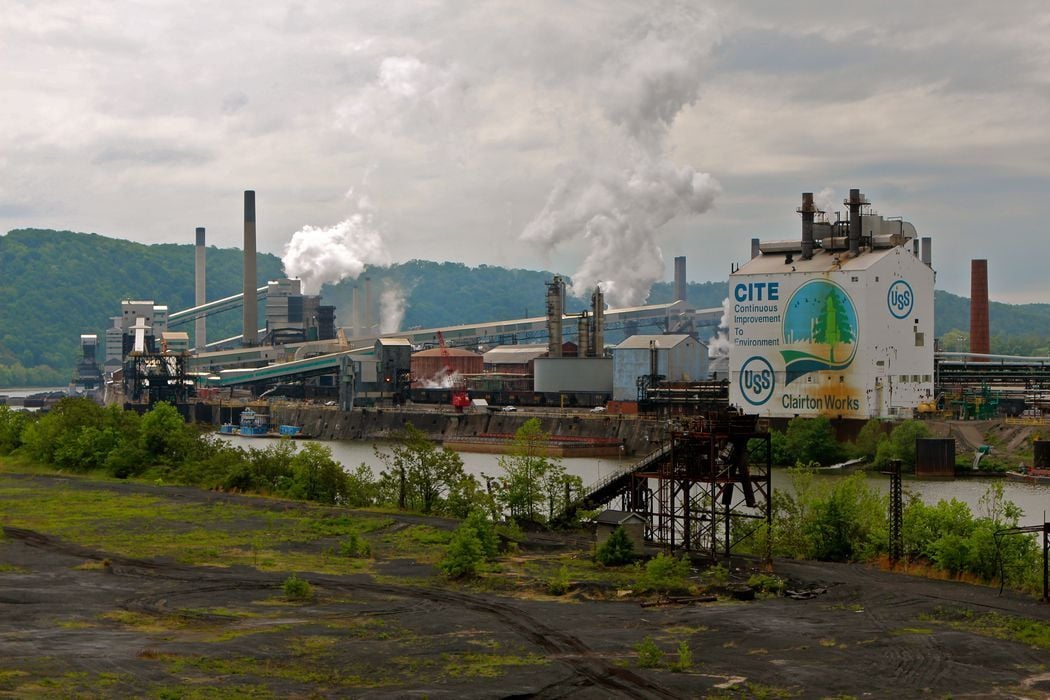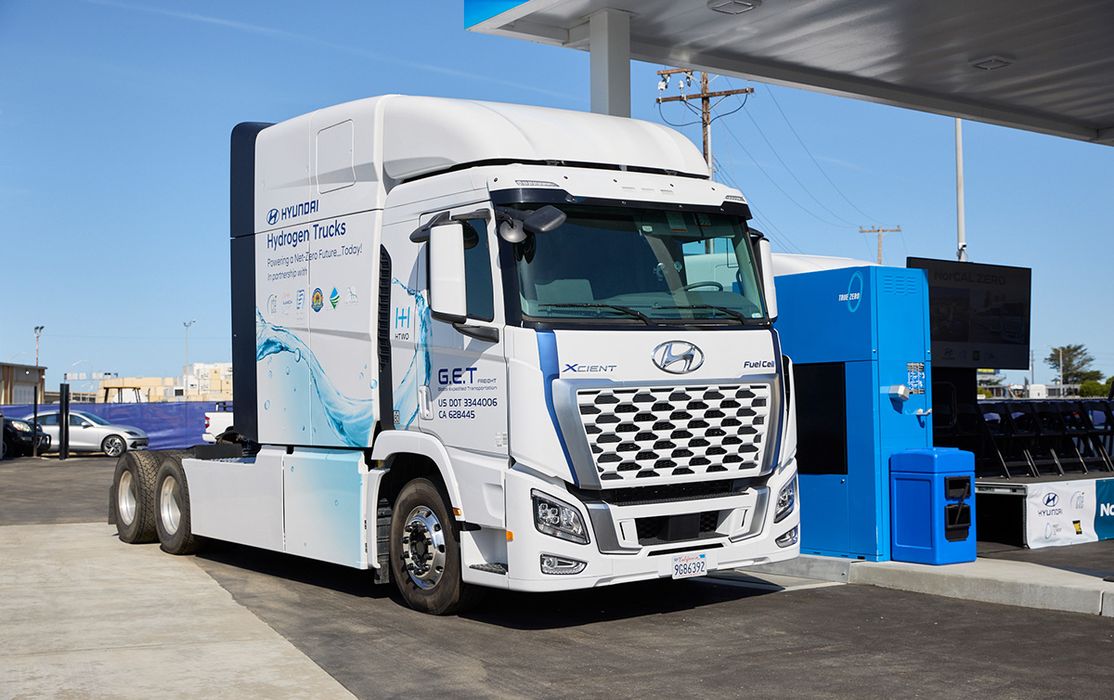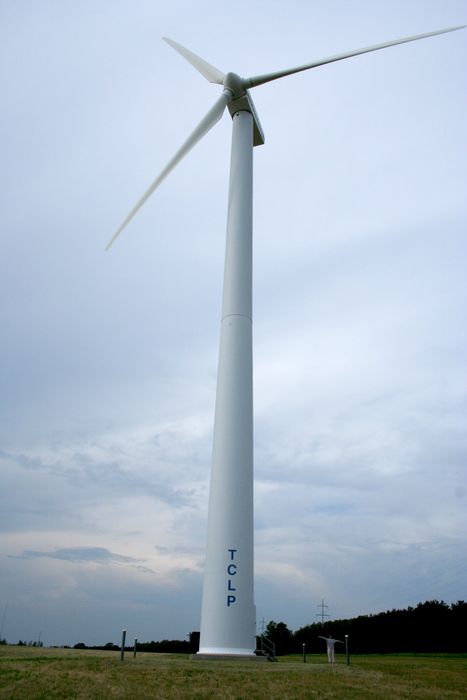
Charles R. Goulding and Preeti Sulibhavi examine how the EPA’s US$4.3 billion funding initiative is transforming pollution reduction efforts across multiple industries in the United States.
The Environmental Protection Agency (EPA) announced a groundbreaking initiative on July 24th, earmarking US$4.3 billion in funding for 25 new pollution-reducing projects across the United States. This substantial investment underscores the federal government’s commitment to combating environmental pollution and fostering sustainable industrial practices. The projects funded range from reducing industrial emissions to transitioning residential heating systems to more eco-friendly alternatives. Here, we delve into the specifics of these projects, the implications for various industries, and the role of emerging technologies like 3D printing in supporting these initiatives.
Industrial Pollution Reduction at U.S. Steel Mill in Clairton, PA
One of the standout allocations is the US$396 million grant awarded to a U.S. Steel mill in Clairton, Pennsylvania. This funding aims to significantly reduce industrial pollution, a crucial step for an industry historically criticized for its environmental impact. The grant is particularly noteworthy given the ongoing merger offer from Nippon Steel, which the Biden administration opposes. Despite the political and economic complexities, this investment in steel production is timely, especially with the rising demand for metal in 3D printing.
3D Printing and Steel Production
The surge in metal 3D printing has revolutionized manufacturing, enabling the creation of complex, high-strength components with reduced waste. This technology is pivotal for various sectors, including aerospace, automotive, and medical devices (medtech). By investing in cleaner steel production, the EPA is indirectly supporting the 3D printing industry, ensuring a sustainable supply of raw materials essential for innovative manufacturing techniques.

Transition to Heat Pumps in Alaska
In a surprising move, the EPA has allocated funds to replace residential oil-burning systems in Alaska with heat pumps. This project addresses the high environmental cost of oil-based heating in a state known for its significant oil production.
Heat Pumps: A Sustainable Alternative
Heat pumps offer a more sustainable heating solution by transferring heat rather than generating it through combustion. This technology can significantly reduce greenhouse gas emissions, making it an ideal choice for Alaska’s cold climate. The transition also aligns with broader national goals of reducing reliance on fossil fuels and promoting renewable energy sources.
Decarbonizing Freight Vehicles in Southern California
Southern California, home to some of the nation’s leading ports of entry, will receive funding to decarbonize freight vehicles. This initiative is crucial for reducing the carbon footprint of one of the busiest logistics hubs in the world.
The Role of 3D Printing in Logistics
3D printing has already begun transforming the logistics industry by enabling on-demand production and reducing the need for large inventories. For instance, parts for freight vehicles can be manufactured locally, reducing shipping distances and associated emissions. Additionally, 3D-printed components often have lighter weights, which can enhance fuel efficiency in transportation.
Wind Turbines for Tribal Applications in Michigan
A significant portion of the funding, $129 million, is dedicated to installing wind turbines for tribal applications in Michigan. This initiative leverages the new tax incentives provided for tribal nations under the Inflation Reduction Act (IRA).
Wind Turbines and Renewable Energy
Wind turbines are a cornerstone of renewable energy strategies, offering a clean, sustainable power source. The integration of wind energy in tribal lands not only supports environmental goals but also promotes energy independence and economic development for tribal communities. Furthermore, advancements in 3D printing have enabled the production of more efficient and durable wind turbine components, enhancing the overall viability of wind energy projects.

The Multiplier Effect of Combined Grants and Incentives
The EPA’s US$4.3 billion funding is substantial, but its impact is magnified when combined with other grants and tax incentives. For example, the Chinese crane replacement program and the Inflation Reduction Act’s provisions for wind turbines and heat pumps create a synergistic effect, accelerating progress toward national environmental goals.
Integrated Benefits
The combination of these funding sources and incentives can lead to a comprehensive overhaul of various industries. For instance, the replacement of outdated cranes at U.S. ports with more efficient models, possibly enhanced through 3D printing, can improve operational efficiency and reduce emissions. Similarly, the tax incentives for renewable energy projects can catalyze further investments in wind and solar power, creating a robust ecosystem of clean energy initiatives.
The Research & Development Tax Credit
The now permanent Research and Development (R&D) Tax Credit is available for companies developing new or improved products, processes and/or software.
3D printing can help boost a company’s R&D Tax Credits. Wages for technical employees creating, testing and revising 3D printed prototypes can be included as a percentage of eligible time spent for the R&D Tax Credit. Similarly, when used as a method of improving a process, time spent integrating 3D printing hardware and software counts as an eligible activity. Lastly, when used for modeling and preproduction, the costs of filaments consumed during the development process may also be recovered.
Whether it is used for creating and testing prototypes or for final production, 3D printing is a great indicator that R&D Credit-eligible activities are taking place. Companies implementing this technology at any point should consider taking advantage of R&D Tax Credits.
Conclusion
The EPA’s recent announcement of US$4.3 billion in funding for pollution-reducing projects marks a significant step forward in the United States’ environmental policy. By targeting key areas such as industrial pollution, residential heating, freight transportation, and renewable energy, these projects promise to make substantial strides in reducing the nation’s carbon footprint.
Moreover, the integration of advanced technologies like 3D printing plays a crucial role in enhancing the effectiveness and sustainability of these initiatives. As industries continue to evolve and adopt cleaner practices, the combined efforts of federal funding, technological innovation, and strategic incentives will drive meaningful progress toward a greener, more sustainable future.
